Plants or Crops
All Plants or Crops Content

Wildlife and the Bottom Line
As the fall harvest wraps up and this year’s calf crop is weaned, many producers may be nervous about what their paychecks will look like for 2016. In tough market conditions, it can be tempting to try to squeeze just a bit more production out of the land.
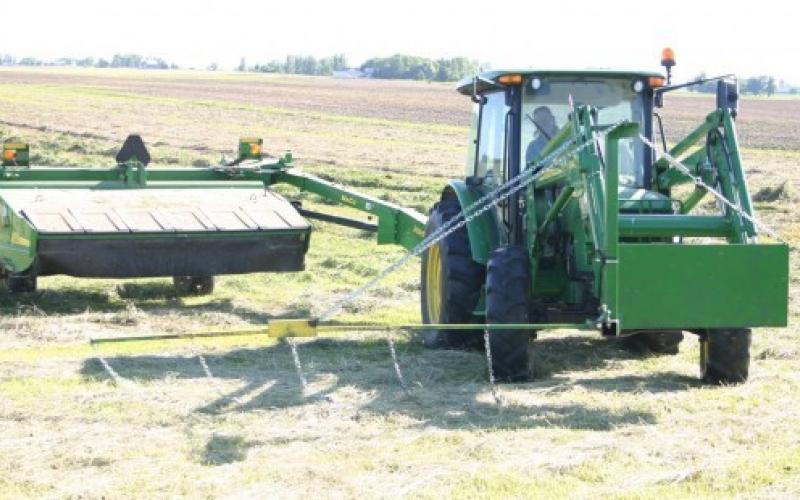
Haying With Wildlife in Mind
Anyone who has spent time cutting hay knows that hayland can be a magnet for wildlife in late spring and early summer. Hay fields are often considered an “ecological trap” for wildlife; that is, they appear to be high quality habitat for nesting or feeding due to tall, dense grass and legumes, but often lead to increased mortality once harvesting is under way.

Understanding Hay Inoculants and Preservatives on ‘Dry’ Hay
As haying season approaches, producers across South Dakota will begin preparing to get out the baler. In recent years, it has been quite difficult for many producers to put up quality, dry hay. This often results in growers considering using inoculants and hay preservatives.

Precision Agriculture and Zone Management
Precision agriculture tools can address the variations in a production system to enhance plant growth and crop yield. Zone management controls the variable rate of inputs for optimal performance within a defined field zone.

Foreign Grain Beetles in New Construction
As new homes are constructed around South Dakota, we continually receive questions about small, brown insects showing up in bathrooms and basements. These insects are foreign grain beetles.
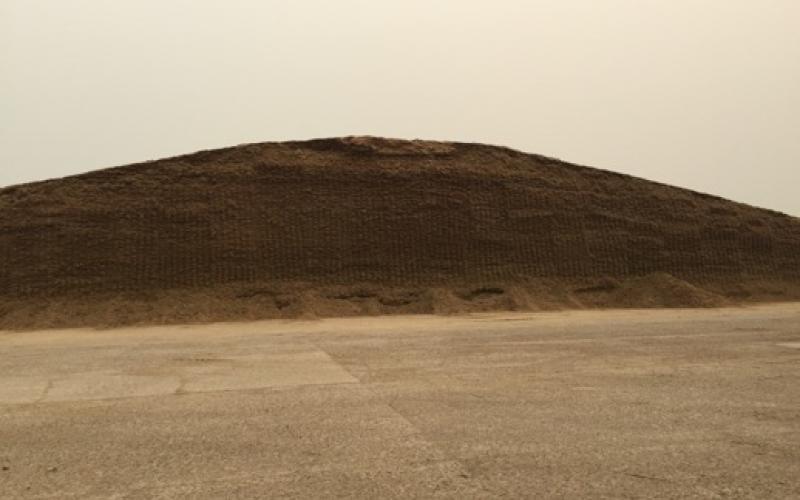
High-Quality Silage Making & Safe Practices: Both are necessities
Throughout the forage growing season many producers are putting up silage piles. To this point they have been predominately forages such as haylage or small grain silage; however, we will soon be moving into corn silage cutting season.
![Courtesy: Pollinator [CC-BY-SA-3.0], via Wikimedia Commons A green tractor pulling a feed wagon behind it on the road.](/sites/default/files/styles/teaser_800x500/public/2018-12/W-M11755-01-tractor-road-farm-safety.png?h=8e25fbe3&itok=1YIHJsB6)
Farm Safety: Making it a daily habit
We know that agriculture ranks as one of the most dangerous occupations causing an estimated 167 lost-work-time injuries on a daily basis, of which 5% result in permanent impairment, according to the National Institute for Occupational Safety and Health. In addition, approximately 20 farm workers per 100,000 die annually, with the leading cause of these deaths being tractor overturns.
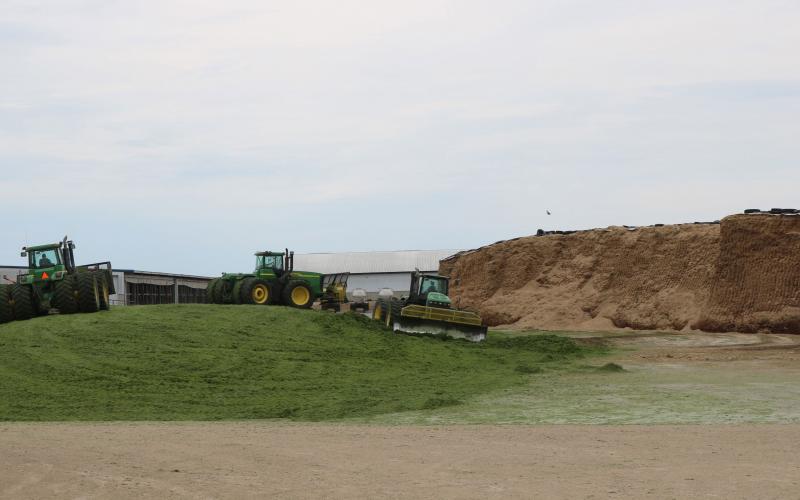
Harvesting Silage on a Wet Year: Moisture is Critical
Fall is on its way in South Dakota. However, with many flooded and saturated fields, some producers are growing concerned that there will be little opportunity to harvest silage before corn dries down past desired moisture levels or frost occurs.
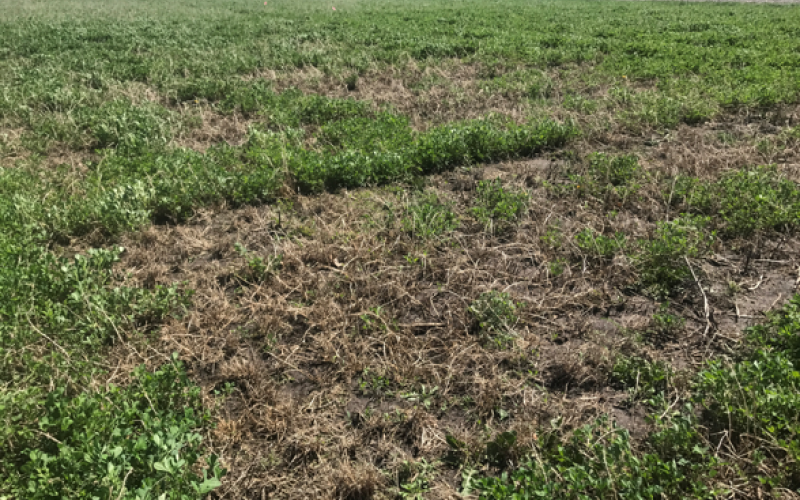
How Late is Too Late for the Last Alfalfa Cutting?
With a very challenging growing season and flooding across parts of South Dakota, many growers have struggled to harvest high quality forages in-between rains this summer.
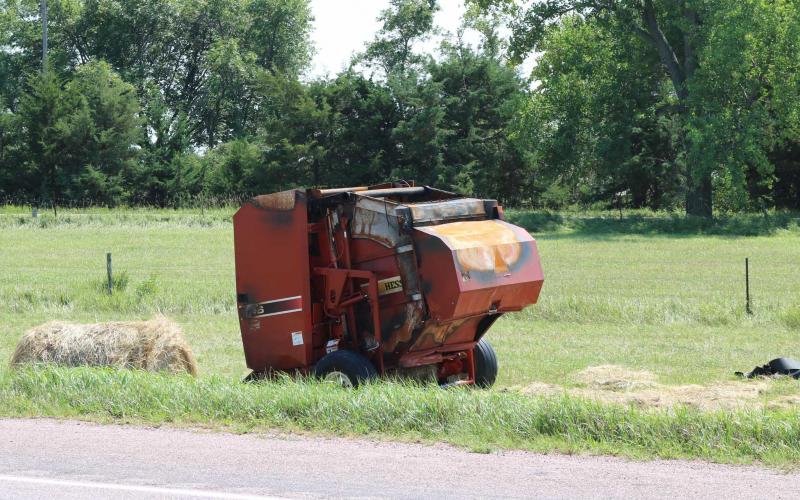
Preventing an Unwanted Baler Fire
Forage harvesting for hay will soon be upon us, and we need to take the time to prepare our equipment and ourselves for a safe and successful forage harvest when utilizing a baler.